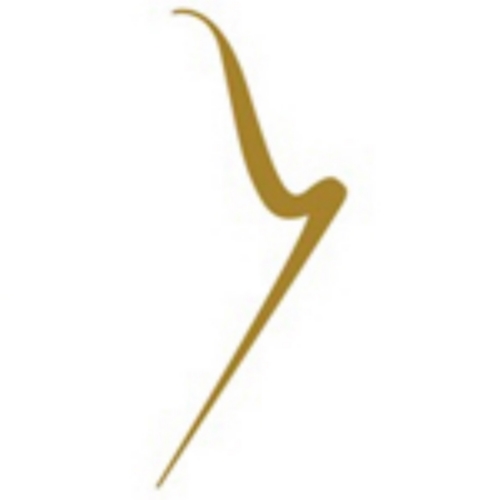When deciding which harp to buy or rent, it’s easy to fall into the trap of thinking that bigger is better. Or conversely, that good things only come in small packages. Truth is, there’s pros and cons to every size of harp.
SMALL HARPS
By small, we’re talking between 19-26 strings. This is the size of harp that is often designed as a lap harp. The weight and portability of this size harp is a big plus- who wouldn’t like a harp you can pick up with one hand?
On the flip side, smaller harps can sometimes be difficult to play for two main reasons. A lot of people find a lap harp to be uncomfortable on their legs, or difficult to balance. When playing a smaller harp, the instrument can also feel a little unstable and move around a lot as you get into the strings.
If you don’t wish to balance a lap harp on or between your legs, then you can use a small table or footstool to raise the harp up to a playing level. It can take a bit of experimentation to find the right combination of table and chair to have both you and the harp at the correct level.
Another issue to consider is that a small number of strings equals a small number of notes. And that can really limit the music that you play. For some people, this isn’t a problem. But the reality is that the vast majority of music out there requires a wider range of notes than 19-26 strings can provide. This means either restricting what you play, or engaging in a sometimes quite complex dance shifting notes and hands up and down the harp to try to encompass as many of the required notes as possible.
A big ‘un and a small ‘un.
BIG HARPS
At the other end of the spectrum, we have the bigger harps with either levers or pedals. This string range can be anywhere between 34-47 strings. With bigger harps of course comes bigger weight and a bigger price tag as well.
But these are also harps with arguably a bigger purpose. With a wider range of strings, the sky is (almost) the limit when it comes to music selection. This versatility also makes larger harps a better long term buy as the instrument can go with you as you grow and expand as a musician.
Larger lever harps are still comparatively portable and can be easily transported in standard size car, and even lifted in and out of the car or up and down stairs. Pedal harps are of course a law unto themselves when it comes to maneuverability, but if you are interested in one of those babies, you are either planning a career with the harp, or at least using it mainly as an at home instrument.
Ultimately the harp that is best for you is the one that you enjoy playing, living with and paying for. I personally prefer at least a 34 string model or I start to feel frustrated trying to negotiate a wobbly harp with just not enough strings for what I want to do. Maybe that’s one of the reasons why I own 7 different harps of all shapes and sizes. After all, 1 is surely never enough!

